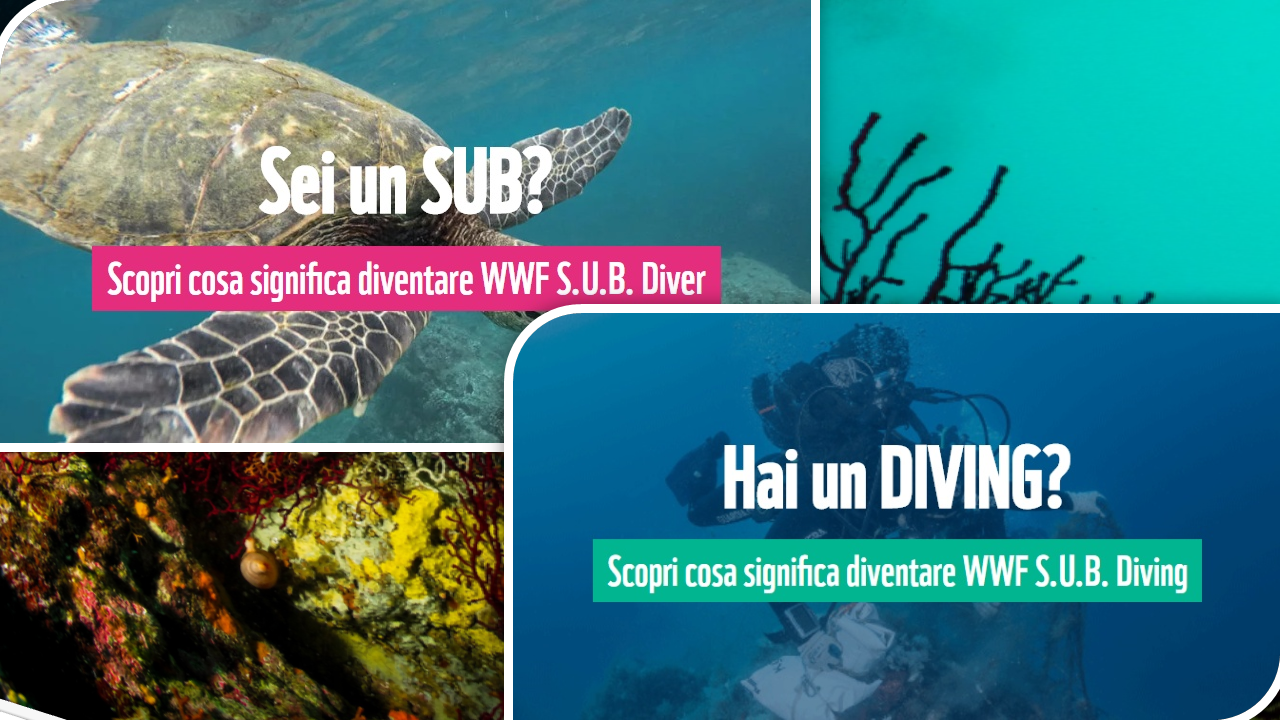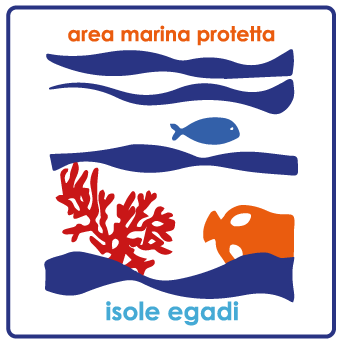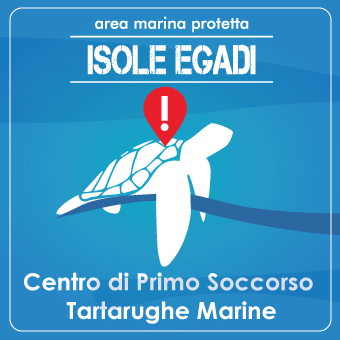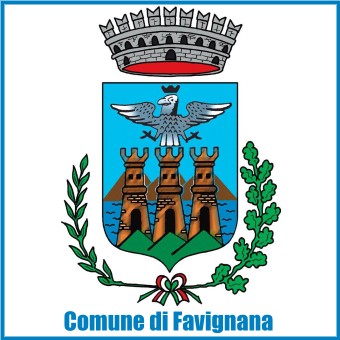L’ Ustica is an Oriented Nature Reserve from Earth 20 November 1997, and before the 1986 a Marine Protected Area, the first in Italy to be established.
The total extent of the RNO is 204,37 hectares of which 120 in zone A and 84,37 in zone B (1 hectare equals 10 thousand square meters).
The managing body of the earth's reserves is Metro City Palermo and the City of Ustica.
L’Protected sea area (AMP) It extends 15.951 ha, affecting some 15 km of coastline. The AMP is divided into three security zones: Zone A of about 60 ha, integral reserve area (no take zone), Zone B of about 8000 ha, General reserve area, and Zone C of about 8000, partial reserve area. The AMP Ustica is also a Site of Community Interest (SIC) for its environmental value and conservation of marine habitats and species of Community interest (Habitat Directive 92/43 / EEC 2.05.1992).
The AMP protect the Posidonia ocenica prairie and its bodies including the bivalve Pinna nobilis; a fish fauna of great biodiversity and many protected species, such as the sea turtle Caretta caretta, several cetacean (sopratutto Tursiops and stenelle). In addition, the MPA protects the pink shrimp, Plesionika narval, as a species of environmental interest and resource for local fishing.
The managing body of the AMP is the Ministry of Environment and the City of Ustica.
La RNO
Some floral and faunal presences are the basis of the allocation to this reserve: the presence of Limonium bocconei, species endemic to areal circumscribed to Ustica, Favignana, Levanzo e al Palermitano; numerous entities of Crithmo-class Limonietea confer considerable interest to the rocky island cenosis. Noteworthy are the maquis aspects in Mastic, Sparzio, Alaterno ed Euphorbia dendroides, that they tend to regain the reforested slopes.
Reaching the island of Ustica we marvel for its lush vegetation and, especially in spring, for the colors of the flowers that stand out on a almost black soil for its volcanic origin. The reserve covers almost all the mountains that were reforested on the north side. Further downstream, the dry wall terracing and strip relax the visitor's gaze already enchanted by the colors of the sea and its seabed.
The island, renowned for its clear waters and the marine ecosystem still intact, It can be regarded as the emerged wreck of an alignment of submarine volcanoes, set along a fault line running from east to west and localized, at higher depth 1.000 m, in the southern portion of the Tyrrhenian. Testimonials of this submerged volcanic alignment are given by the ancient craters of the Tour of Anchises (circa 25 km west of Ustica) and Banco di Apollo (3 km west of Punta Spalmatore).
From a lithological point of view, Ustica is constituted by volcanic rocks (in much of sub-marine genesis), except for very limited sedimentary layers of shallow sea outcropping discontinuously along the coast. The age of the rocks is due to the Quaternary.
The reserve area includes, in addition to the remains of the two main buildings subaerial volcanic island, Costa del Monte ball and Monte Guardia dei Turchi, as well as two limited coastal areas, represented by Punta Megna and Punta Spalmatore.
Monte Guardia dei Turchi, highest point of the island (248 m), It was to constitute the main volcanic edifice and was equipped with a very complex apparatus. Traces of two stagnation domes, still observable in the northern part of the mountain, They seem to mark the end of the eruptions of this center. The action of the weather (the wind especially) and sea, combined with the volcano-tectonic phenomena, It has profoundly transformed the volcanic edifice, which at present it is very difficult to imagine the original structure and morphology.
The same applies to the ball Monte Costa, in which, however, are still recognizable two eruptive centers and to whose base, along the northern slope and Punta Megna, They are found numerous dykes, even large, intersecting the basic tufitic formation, which probably they belonged to a peripheral cone crater destroyed by the erosive action of the sea.
The products of the pyroclastic formation of the Grotte del Lapillo are also owed to the volcano of Monte Costa del Fallo, which have the peculiarity of being the only deposit of trachytic composition on the island, index of a long stagnation of the magma in the previous conducted the eruption.
the cave, quarries used for the extraction of material for building use, exhibit nature walls predominantly grayish-white cineritica which were found large pumice and lava blocks of various sizes, demonstrating a violent explosive eruption. Along the stretch of road that runs from Punta Gavazzi in the district Spalmatore, finally, at the homonymous tourist village, compact lava masses of great thickness are observed which present the particular morphology with columnar fissures (a prism), due to relatively slow contractions for cooling lava. Other popular singularities consist of the terms of lithological subaerial Training Spalmatore with by far represent the last eruptive episode island.
Formerly Ustica was inhabited by the Phoenicians who used it for their maritime trade. The Greeks gave it the name of Osteodes (ossuary), in memory of 6.000 Carthaginians lasciativi starve, while the Romans later renamed it with the current name of Ustum (burned) for black lava cliffs that cover it in part.
The vascular flora comprises 555 entity, mainly consisting of Mediterranean elements in annual cycle, that fairly reflect the specific climatic conditions of the island, characterized by high temperatures, accompanied by a long dry spell (April-September) and by scarce rainfall; the latter do not exceed the 400 millimeters per year and are distributed mainly in autumn and winter. The northern slopes of the main reliefs of the reserve are home to various species of mosses, among which the Riccia cavernosa and the Bryum dunense are of particular interest.
The island's native plant landscape has been significantly altered by many human activities, practiced since ancient date, which resulted in a progressive depletion of natural vegetation aspects preserved, in the form of flaps wrecks, only in the most inaccessible areas and less accessible.
The natural vegetation consists of large tracts of steppe grasslands which are particularly expressive along the southern and eastern slopes of Monte Guardia and Monte dei Turchi Coast of the Phallus, at the edge of reforestation, on the sunny coastal cliffs and generally in arid uncultivated. These herbaceous communities are primarily denominated Mediterranean Poodle, gramineous perennial cespitosa, at which combine, as well as plants of the same family as the Spear Annual, the annual Paléo, Grain of the ants and the Logliarello ruderale, several other species including clover starry, edible Ginestrino and Radicchio pallottolino.
Characteristic species of this vegetation are the Scorpiurius or lngrassapecore which takes its name from the curious conformation of the legume similar to the postabdomen of a scorpion with the terminal venom gland, and pink Vilucchio Mediterranean that spring shows off its beautiful and delicate pink flowers, carried by long stalks, whose large funnel-shaped blooms are closed in the evening.
The vegetation of coastal cliffs, frequently subjected to the action of salty sprays, it is made up of typically halophilous species to which other less specialized ones are associated. In addition to Limonio Boccone, endemic species with areal circumscribed to Ustica, Favignana, Levanzo, Mount Hood and a few locations around Palermo, They are found marine Fennel, The trefoil of the cliffs, frank Grass, the endemic coastal Chamomile and coastal Senecio, rare composite also present in Sardinia and Corsica.
In some areas it is possible to notice some individuals of narrow crystalline grass and common crystalline grass, herbaceous plants with fleshy leaves able to accumulate significant amounts of water in their tissues, which reserves to defend the aridity of the environment in which they live. Very characteristic in this context are also plants Caper, unmistakable because of the long stems scrambling hanging on the rock and load-bearing walls many showy white o rosati flowers with numerous red-purple stamens.
Modesti stain flaps, located mostly on the most ungrateful terrains and with rocky outcrops, provide evidence of the vegetation in the past expressed a significant part of the vegetation of the island. The persistent and strong anthropic action, apparent in repeated fires, in cutting and overgrazing, It caused over time increasingly scarce typical Mediterranean sclerophyllous benefit of hairy sparzio populations that form intricate and inaccessible. Only on the northern slopes of Monte Guardia dei Turchi and in a few other localities is it possible to notice a discreet presence of mastic and common broom, as well as several bushes of Euphorbia arborescente by dichotomous branching characteristic and very regular hemispherical shape.
The landscape features of a large area of Zone A of the reserve, formerly occupied by scrub-Mediterranean forest, They have been modified by reforestation carried out mainly with the use of alien species to the local context vegetational: in addition to the Aleppo pine, indeed, They experience the Robinia and some species of Eucalyptus.
Excluding migratory birds, that in some periods of the year (Spring and Autumn) They are particularly abundant, few are terrestrial animals that live in Ustica.
Over the last hundred years amount to about 180 the species of birds that have passed, although some were no longer observed in the past twenty years and others make this island one of the rare Sicilian places of occasional presence. This is the case of the golden Thrush, Bunting of the head orangeade, the Warbler Ruppell, the Flycatcher robin and also the curlew, considered one of the species most at risk of extinction as the living population in the world is estimated at just 100 individuals.
Important is the migration of woodcock and surprising that of song thrushes in autumn spend many leaving Europe to go to winter in Africa. During the winter, numerous Cormorants also stop along the coast and, more rarely, even some specimens of Gray Heron.
The most common species that can be observed inside the reserve are the warbler, the Goldfinch, that only a few years has colonized this island, and the Hooded Crow. This corvid, widespread throughout the region, It is not present in any islands around Sicily, except in Favignana and Ustica where it has reached a population of several individuals. An endless story seems to be that relating to the Sparrow presence in Ustica so as to continue to be now the subject of specific studies. The presence of this bird in this environment has not been adjusted, but rather it seems to have alternated colonization by people coming from the Italian peninsula belonging to Passera of Italy and Sicily with the Spanish Sparrow. The species present today is due to some characteristics of the plumage that "Italian".
Very common is the wild rabbit advantage in its abandonment of land distribution that until not long ago were intensely cultivated.
There are two species of reptiles that are found on the island, the sand lizard and the country lizard, while the toad is the only present Amphibian.
L’entomofauna, particularly rich, It is being studied since the last century with specific research conducted by distinguished naturalists. Among the most interesting native species are reminiscent of the Ectobius usticaensis, belonging to the order Blattaria, whose name demonstrates its territorial specificity and Sclerogibba crassifemorata, small hymenoptera with a very particular biology, identified and described in the last century and never recovered.
Download the brochure managing body: Provincia_brochure_RNO_Ustica_PRO2
L’AMP
The Marine Reserve of Ustica (today AMP Island of Ustica) was established in 1987 to preserve and protect the immense wildlife heritage that is hidden in the depths of the island, esteemed among the most beautiful in the Mediterranean.
Environments where you have not experienced divers to admire the secrets, In fact, those who are not familiar with scuba diving will not renouncing to observe underwater life in wonder, since also from the surface, equipping only a mask and mouthpiece, you can make interesting observations.
Indeed, in Ustica, just below the surface meet shoals of bream, glances, castagnole, and groups of salemas grazing among the algae while colorful pavonine damsels flee lively among the rocks. If we scrutinize carefully the cliff areas more sheltered from light, you will recognize the King of red mullet (Apogon beardless), sponges with a thousand shades, while the cliffs appear covered by colonies of orange madreporaria Astroides calycularis.
Turning then deeper look, among the rocks and the meadows of Posidonia oceanica we will be lucky enough to see the quick flicker of some grouper or the curious snout of a Moray Eel (Muraena helena)
which awaits its prey immobile. Those who just do not want to get into the water, you can still admire the spectacle offered by the underwater world of Ustica by participating in the excursions organized with the motorboat with a transparent bottom that allows wide views of the underlying seabed. To ensure greater protection of the marine environment and to make it more usable for tourism, the Marine Reserve of Ustica has been divided into three different areas:
The "A" zone, integral reserve, It develops from Punta Spalmatore to Punta Megna, for an extension at sea 350 meters, covering a total area of 60 ha. Here it is prohibited any form of fishing, navigation, access and parking with boats of any kind and at any activity that may harm the fauna. The bathing is permitted only in the two extreme points of the area "A" the Caletta and Cala Sidoti, two bays that can also be reached from land.
Area "B", General reserve, instead it extends from Punta Cavazzi to Punta Omo Morto, and affects almost the entire northern part of Ustica, for a distance of three miles from the coast. Scuba diving is permitted here, sport fishing exercised only from a standstill or trawl lines, while commercial fishing is allowed only with permission of the City. For the divers is instead forbidden any form of fishing or levy, whether they are armed or not aqualung.
At area "C" partial reserve, It includes the southern part of the island from Punta Omo Morto to Punta Gavazzi; Here professional fishing is allowed prior approval of the City, and it is also allowed any form of sport fishing, also underwater, always performed in accordance with the rules.
Ustica is served by a naval service from Palermo with fast means (hydrofoils) and comfortable ferries.
Info: www.libertylines.it






























